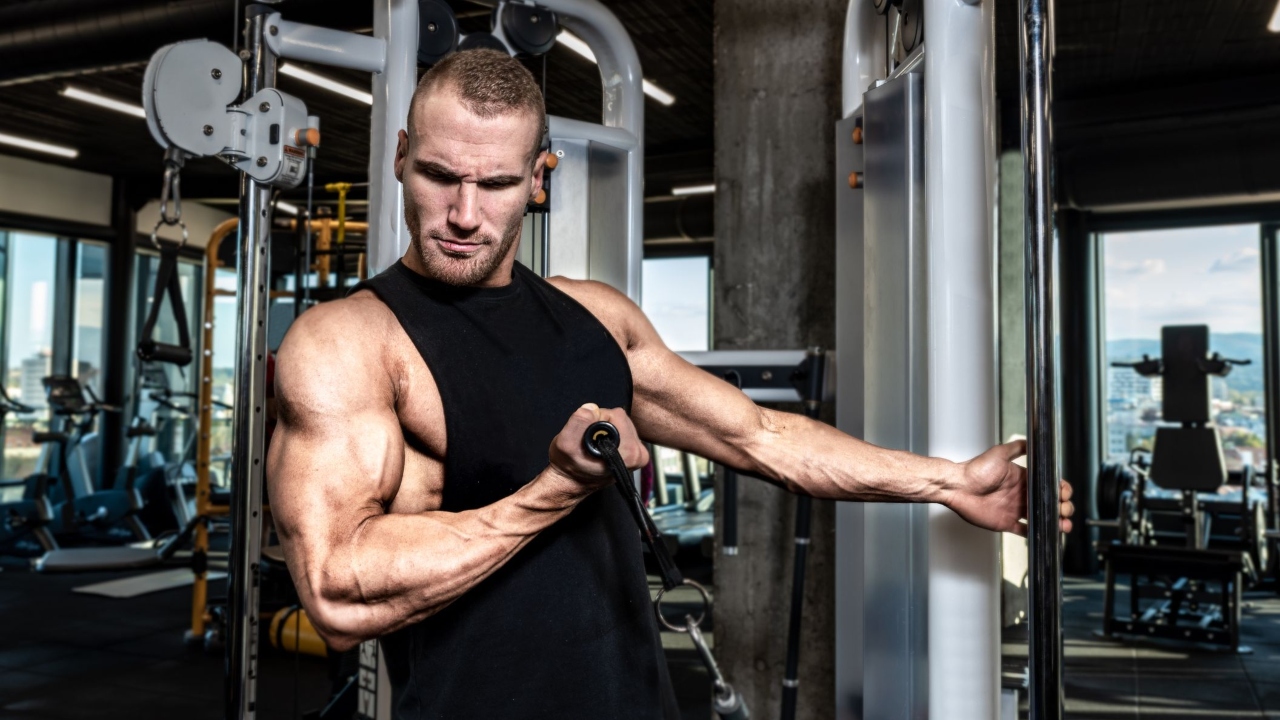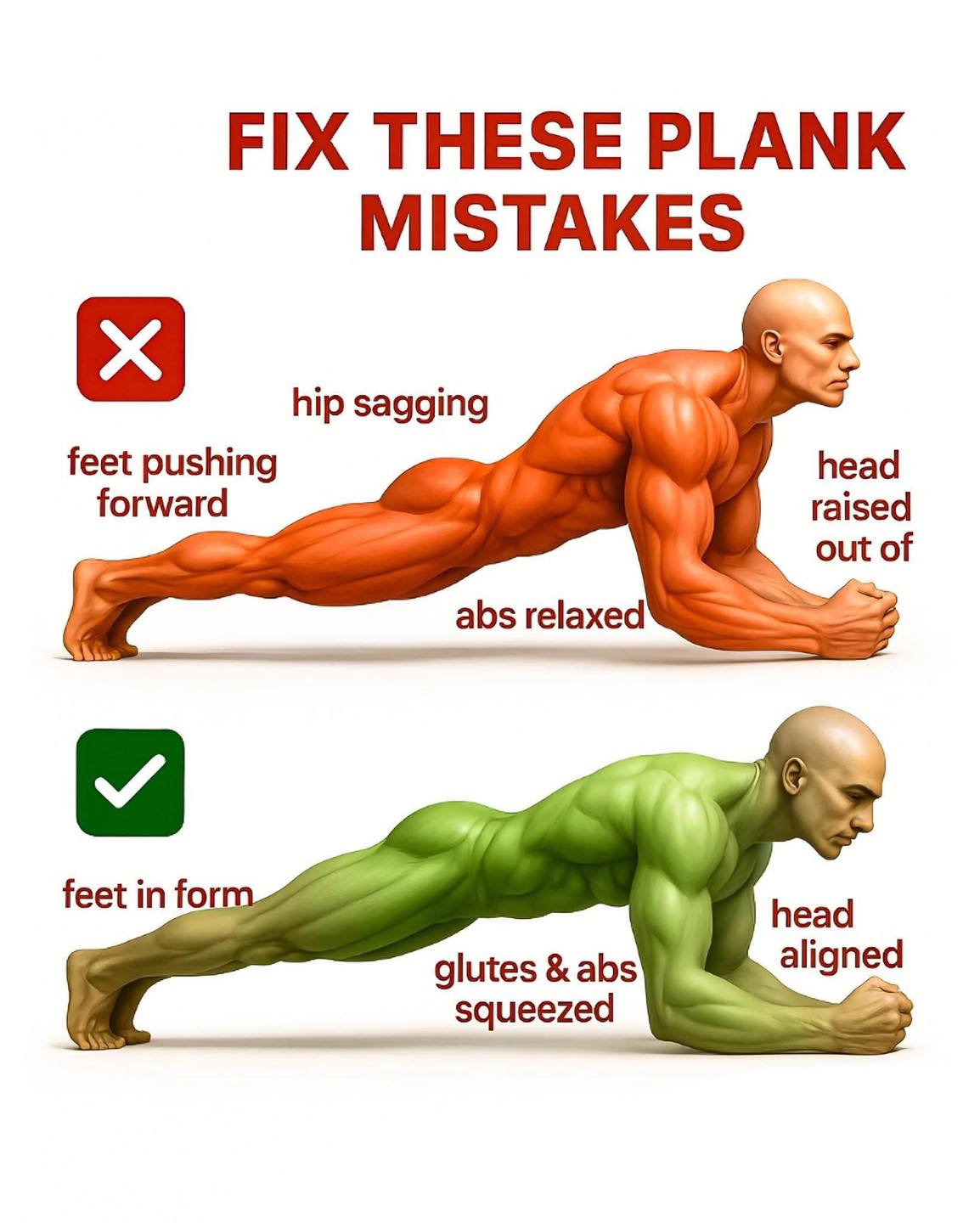
For individuals seeking a time-tested, no-nonsense methodology for building foundational strength and significant muscle mass, the 5×5 training protocol remains an undisputed cornerstone of resistance training. This approach has been instrumental in the development of generations of athletes, from golden-era bodybuilders to elite strength competitors, precisely because of its simplicity, structure, and profound effectiveness.
The philosophy of 5×5 is elegantly straightforward: prioritize a select few multi-joint, compound movements, execute them with heavy loads, and apply systematic, incremental increases in weight over time. This guide will provide a comprehensive breakdown of the 5×5 protocol, its scientific underpinnings, its historical context, and its practical application for maximizing strength and performance.

What Is the 5×5 Training Protocol?
At its core, the 5×5 protocol prescribes performing five sets of five repetitions for the primary compound lifts. These movements—typically including the squat, bench press, deadlift, overhead press, and barbell row—are selected for their ability to recruit maximum muscle mass and develop total-body strength and coordination.
The efficacy of the program is driven by its unwavering adherence to the principle of progressive overload. This fundamental concept dictates that for adaptation (i.e., strength and muscle growth) to occur, the body must be subjected to a gradually increasing stimulus. In the 5×5 framework, this is achieved by adding a small, manageable amount of weight to the barbell each week, compelling the neuromuscular system to adapt and grow stronger.
Historical Context: The Lineage of a Strength Staple
The 5×5 method boasts a rich history, tracing its origins to Reg Park, a legendary figure in bodybuilding and a three-time Mr. Universe. Park championed heavy, full-body barbell training as the optimal path to building both immense size and functional power, with the 5×5 set-and-rep scheme as the bedrock of his routines.
The protocol was further refined and popularized in the 1970s by esteemed strength coach Bill Starr. In his seminal work, The Strongest Shall Survive, Starr adapted the 5×5 structure for athletes, primarily football players, focusing on the “Big Three”—squat, bench press, and power clean—to build the explosive strength and durability required for elite athletic performance. Today, its principles persist in countless modern strength templates, serving as a foundational program for powerlifting, Olympic lifting, and general athletic development.

The Foundational 5×5 Program: A 3-Day Split
A classic and highly effective implementation of the 5×5 protocol is a three-day-per-week split that alternates between two full-body workouts (Workout A and Workout B). Training should occur on non-consecutive days (e.g., Monday, Wednesday, Friday) to allow for adequate recovery.
Workout A
- Back Squat: 5 sets of 5 reps
- Bench Press: 5 sets of 5 reps
- Barbell Row: 5 sets of 5 reps
Workout B
- Back Squat: 5 sets of 5 reps (At 80% of the weight used in Workout A to manage fatigue)
- Overhead Press: 5 sets of 5 reps
- Deadlift: 1 set of 5 reps (Note: Due to its immense systemic demand, deadlift volume is intentionally kept low to facilitate recovery, especially when squatting 3x/week.)
Sample Weekly Schedule:
- Week 1: Monday (A), Wednesday (B), Friday (A)
- Week 2: Monday (B), Wednesday (A), Friday (B)
The Linear Progression Model: The goal is to add weight to each lift every week. For most lifters, this means increasing the load by 5 lbs (approx. 2.5 kg) for upper body lifts and 5-10 lbs (approx. 2.5-5 kg) for lower body lifts. When you can no longer complete all 5×5 reps with proper form, deload by reducing the weight on that specific lift by 10-15% and progressively build back up over the subsequent weeks.

Core Principles of the 5×5 Methodology
The enduring success of the 5×5 method is rooted in several key principles:
- Optimal Intensity and Volume: The 5×5 format exists in a “sweet spot” that effectively stimulates myofibrillar hypertrophy (increase in contractile proteins, leading to strength) and sarcoplasmic hypertrophy (increase in muscle glycogen and non-contractile proteins, leading to size).
- Focus on Compound Lifts: By prioritizing multi-joint movements, the program develops functional, real-world strength and enhances intermuscular coordination far more effectively than isolation exercises.
- High Training Frequency: The three-day, full-body structure ensures that each major muscle group is stimulated multiple times per week, which is optimal for skill acquisition (motor learning) and muscle protein synthesis, especially for novice and intermediate lifters.
Intelligent Application: Programming Supplemental Exercises
While the core lifts are the engine of the program, supplemental (or “accessory”) exercises are crucial for addressing weak points, promoting structural balance, and mitigating injury risk.
Guidelines for Supplemental Work:
- Select 2-3 exercises per session. Choose movements that complement the day’s primary lifts (e.g., pair Bench Press with dumbbell flyes or triceps extensions; pair Squats with lunges or hamstring curls).
- Utilize a hypertrophy-focused rep range. Perform 2-3 sets of 8-12 repetitions.
- Do not train to failure. The goal of supplemental work is to support, not detract from, your main lifts. Focus on quality contractions and stop 1-2 reps shy of muscular failure.

Common Pitfalls and How to Avoid Them
- Improper Initial Load Selection: The most common error is starting too heavy. Begin with a weight that you can lift with impeccable form, allowing ample room for consistent weekly progression.
- Inadequate Recovery: Strength is built during recovery, not in the gym. Prioritize 7-9 hours of quality sleep per night and consume a nutrient-dense diet rich in protein to fuel adaptation.
- Insufficient Warm-Up Protocol: Never approach your working sets cold. Perform a 5-10 minute general warm-up, followed by several progressively heavier ramp-up sets before beginning your first 5×5 set.
- Dismissing Supplemental and Mobility Work: Neglecting targeted supplemental exercises and mobility drills can lead to muscle imbalances and joint issues over time, ultimately stalling progress.

Is the 5×5 Protocol Right for You?
The 5×5 method is ideally suited for beginner and intermediate lifters whose primary goal is to build a solid foundation of strength and muscle mass. It is also an excellent choice for experienced lifters returning to training after a layoff.
It may be less suitable for advanced athletes who require more complex periodization and volume manipulation, or for competitive bodybuilders focused exclusively on maximizing muscular hypertrophy through high-volume, specialization-focused training splits.
For the vast majority of individuals, however, the 5×5 protocol remains one of the most efficient, effective, and rewarding paths to achieving tangible strength.





